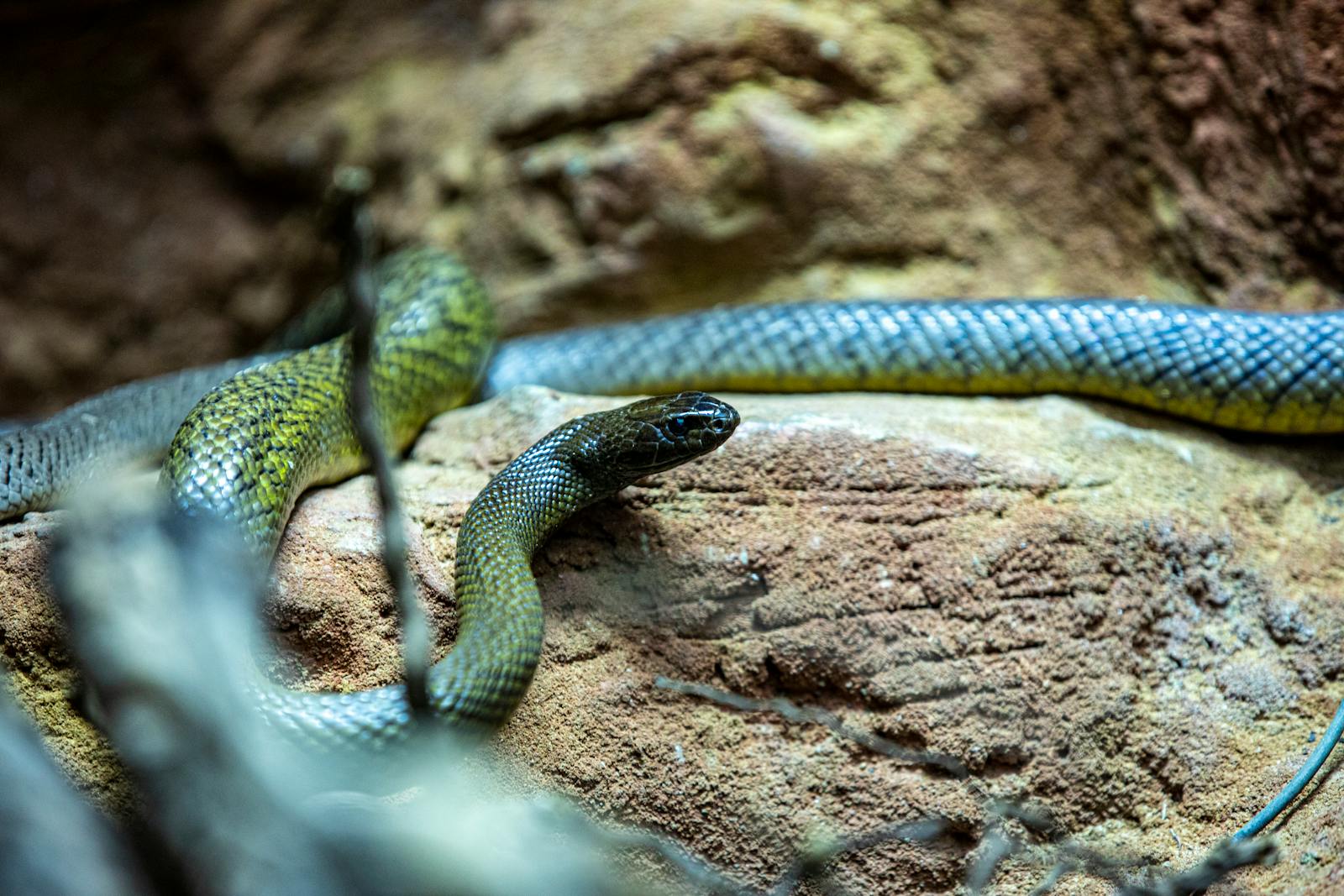Creating a captivating habitat for your serpentine companion involves much more than simply placing them in a glass box with some basic necessities. Snakes, despite their reputation for being simple pets, benefit tremendously from thoughtfully designed environments that stimulate their natural behaviors and instincts. An engaging terrarium not only enhances your snake’s quality of life but also creates a more fascinating display that showcases these remarkable reptiles in their element. In this article, we’ll explore seven innovative ways to transform your snake’s enclosure from a basic habitat into a thriving, enriching environment that benefits both your scaly friend and enhances your experience as a snake keeper.
Incorporate Varied Climbing Opportunities
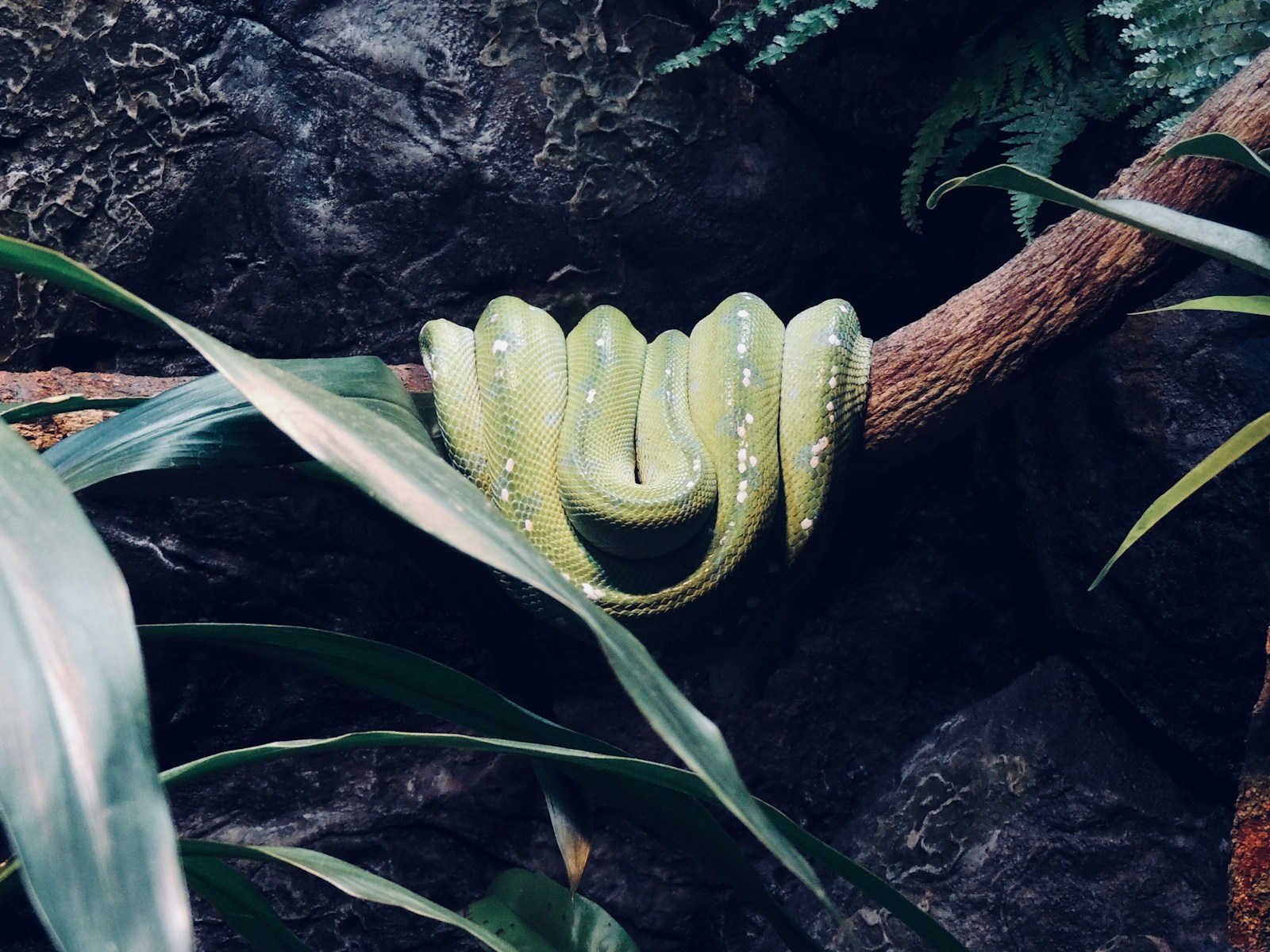
Snakes, particularly arboreal species like green tree pythons and emerald tree boas, naturally spend significant time navigating branches and exploring vertical spaces in their native habitats. Installing a variety of branches, cork rounds, bamboo poles, and commercially available reptile climbing structures provides essential exercise opportunities while satisfying your snake’s exploratory instincts. When selecting climbing elements, choose items with different diameters to offer varied gripping experiences and position them at multiple heights throughout the enclosure. Remember to securely anchor all climbing structures to prevent accidents, especially for heavier snake species that might dislodge poorly installed branches. This vertical enrichment not only promotes physical activity but also allows your snake to thermoregulate more effectively by moving between different temperature gradients in the terrarium.
Create Naturalistic Hiding Spots
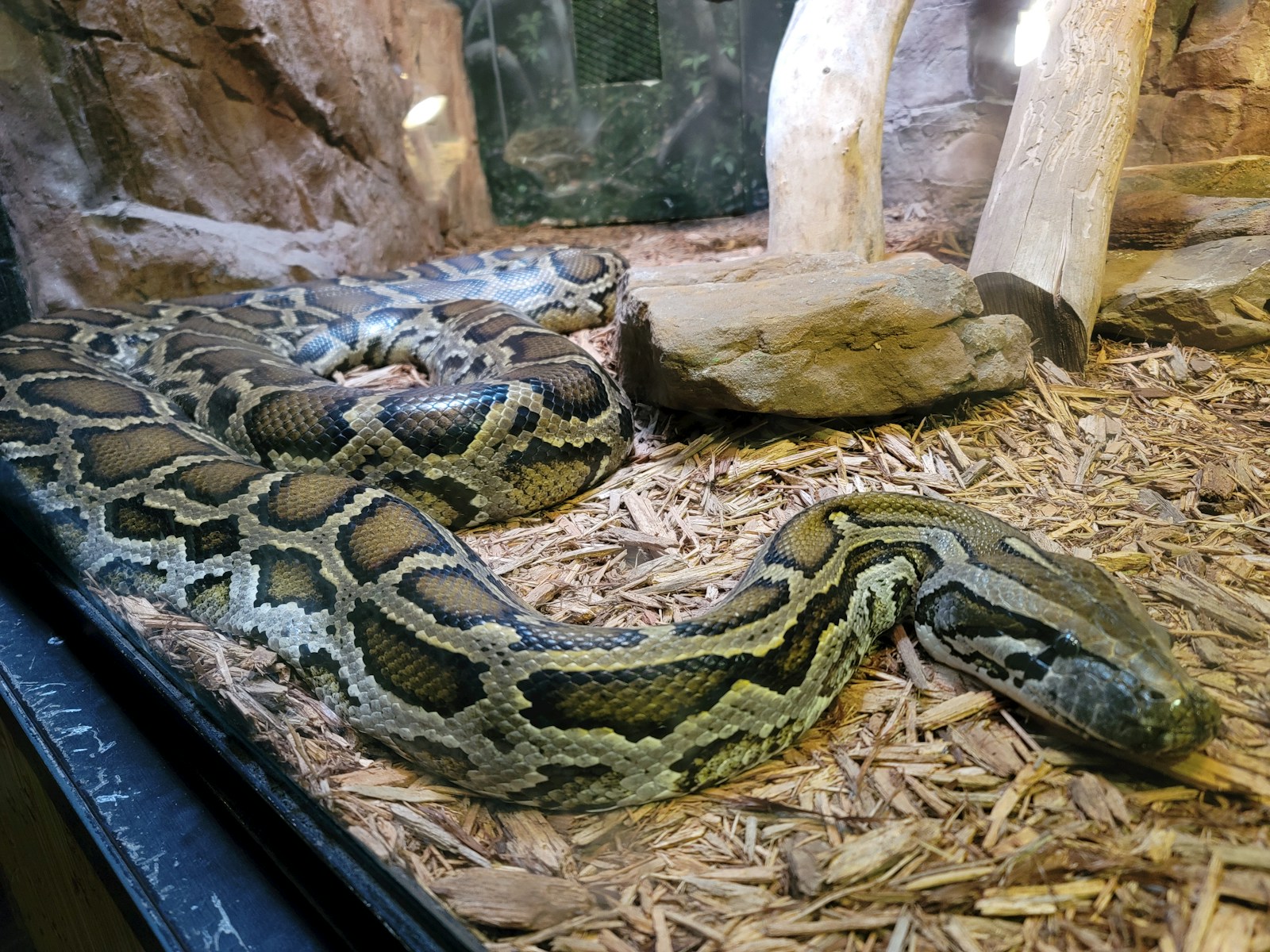
Security is paramount for snakes, and providing multiple hiding opportunities is essential for reducing stress and promoting natural behaviors. Instead of using basic commercial hides, consider crafting naturalistic retreats that blend seamlessly with your terrarium’s aesthetic while fulfilling your snake’s need for security. Hollow cork rounds, carefully positioned rock formations, natural wood pieces, and plant foliage can all serve as effective and visually appealing hiding spots. Position these retreats strategically throughout the enclosure—at least one in the warm zone and one in the cooler area—to allow your snake to thermoregulate while remaining hidden. Many keepers underestimate the importance of adequate hiding spaces; when snakes feel secure, they’re more likely to display natural behaviors and may even become more visible as overall stress levels decrease.
Implement Bioactive Elements
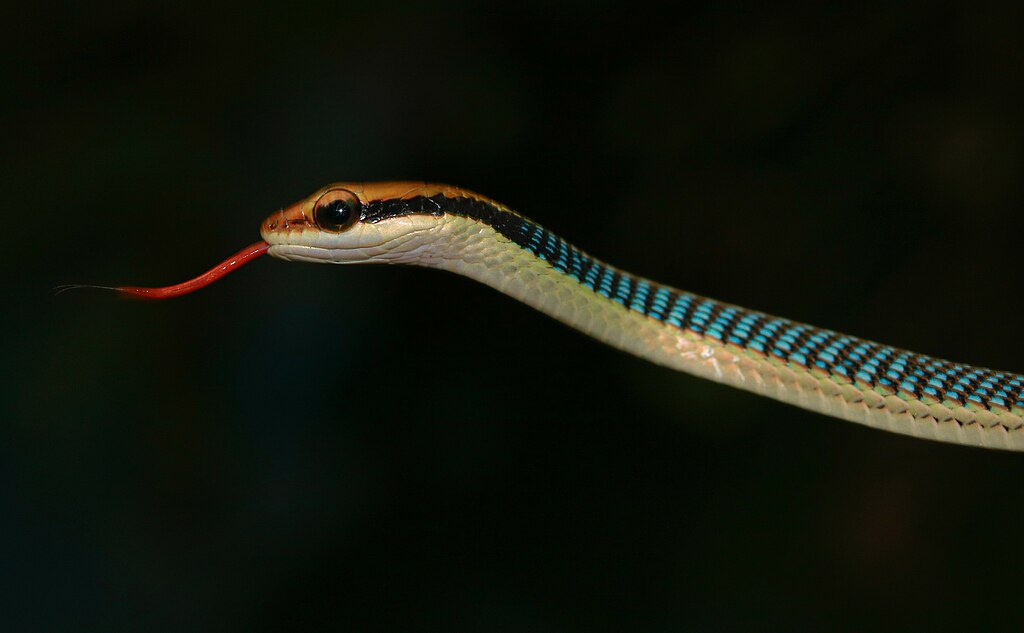
Bioactive terrariums represent the cutting edge of reptile keeping, creating self-sustaining micro-ecosystems that benefit both the snake and keeper. By introducing a proper drainage layer, bioactive substrate, live plants, and cleanup crew organisms like springtails and isopods, you can create a living terrarium that processes waste naturally and maintains healthier environmental conditions. These systems reduce maintenance requirements while providing a constantly changing, dynamic environment that stimulates your snake’s senses through new growth, subtle terrain changes, and the movement of cleanup crew organisms. The natural breakdown of waste materials by the bioactive elements also helps maintain better air quality and reduces harmful bacterial growth that can occur in traditional setups. While requiring more initial setup knowledge, bioactive terrariums generally become easier to maintain over time while providing superior enrichment for your serpentine companion.
Design Different Substrate Depths and Textures
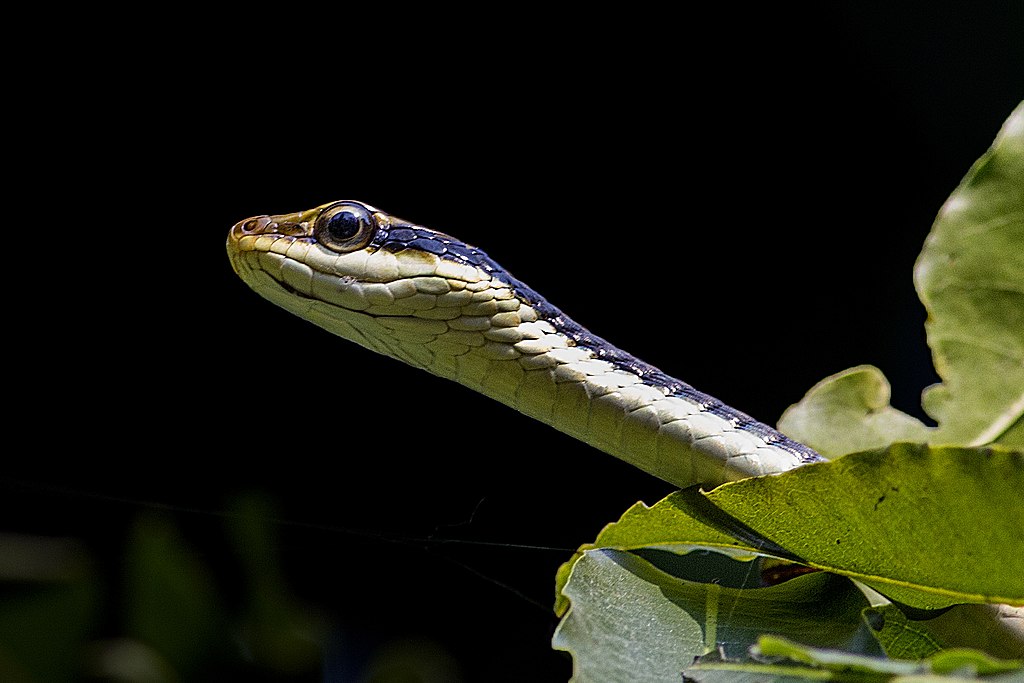
Many snake keepers underestimate the enrichment value of varied substrate topography within the terrarium. Creating different substrate depths and incorporating multiple textures provides sensory stimulation and encourages natural behaviors like burrowing and exploring. For instance, you might create a deeper substrate area for species that enjoy occasional burrowing, while maintaining shallower regions in other parts of the enclosure. Mixing appropriate substrate materials—such as coconut fiber, cypress mulch, clean topsoil, and sphagnum moss—creates textural variation that stimulates your snake’s tactile senses during exploration. This substrate diversity also creates microhabitats with slightly different humidity levels, allowing your snake to select its preferred conditions throughout the enclosure. When implementing varied substrates, ensure all materials are safe for your specific snake species and free from harmful chemicals, pesticides, or sharp components.
Add Stimulating Environmental Features
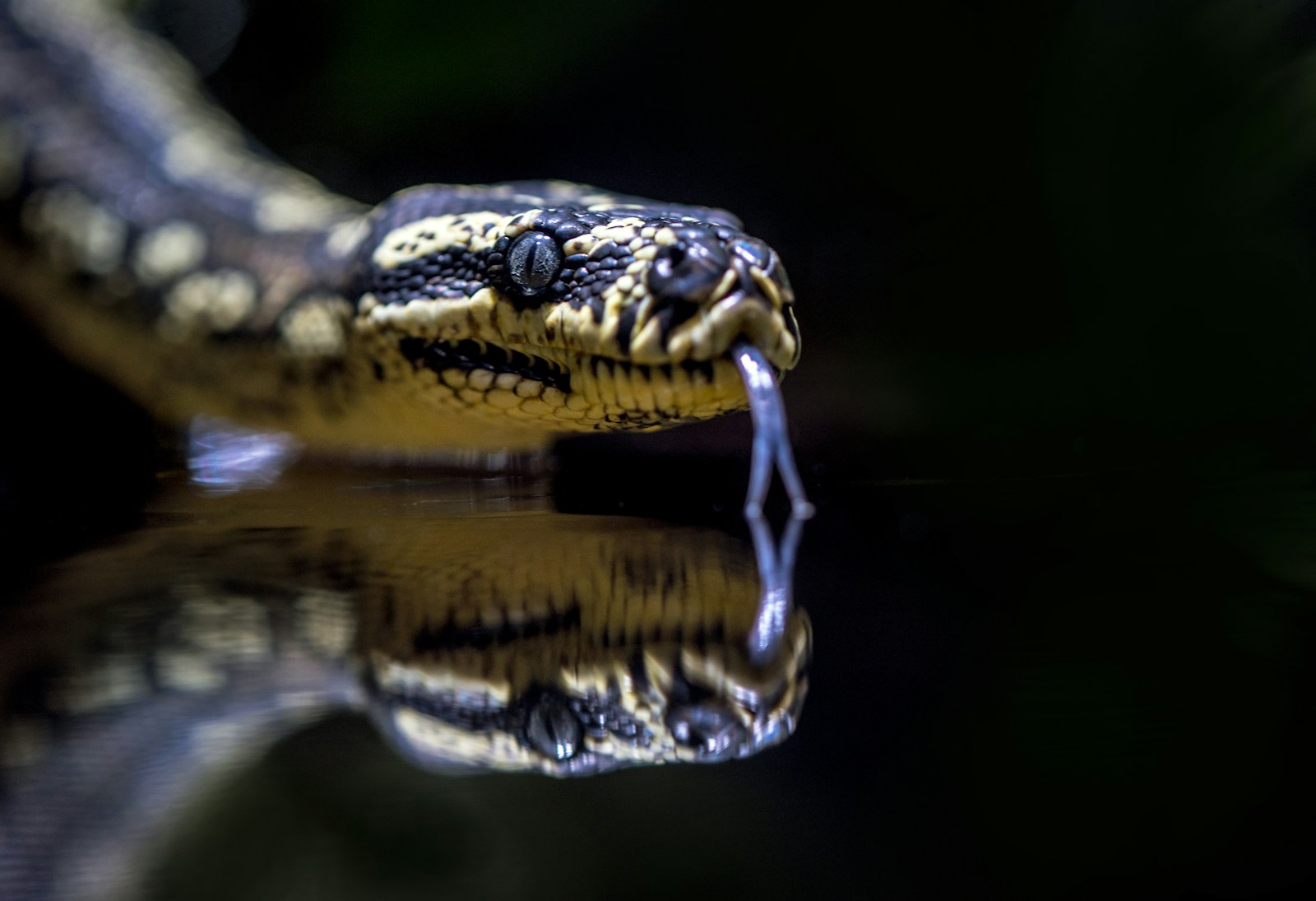
Beyond the basics of branches and hides, incorporating special environmental features can significantly enhance your snake’s habitat experience. Water features like small reptile-safe pools or shallow dishes embedded into the landscape provide opportunities for soaking, drinking, and humidity regulation while adding visual interest to the terrarium. For some species, adding textured backgrounds made of natural materials or reptile-safe artificial products creates additional usable surface area and climbing opportunities. Carefully selected rocks (secured safely to prevent collapse) can serve as basking spots, help with shedding by providing rough surfaces, and retain heat after lights go off. When adding these features, always consider your specific snake species’ natural habitat and behaviors, as what works for one species may be inappropriate or even dangerous for another.
Utilize Safe Plant Diversity
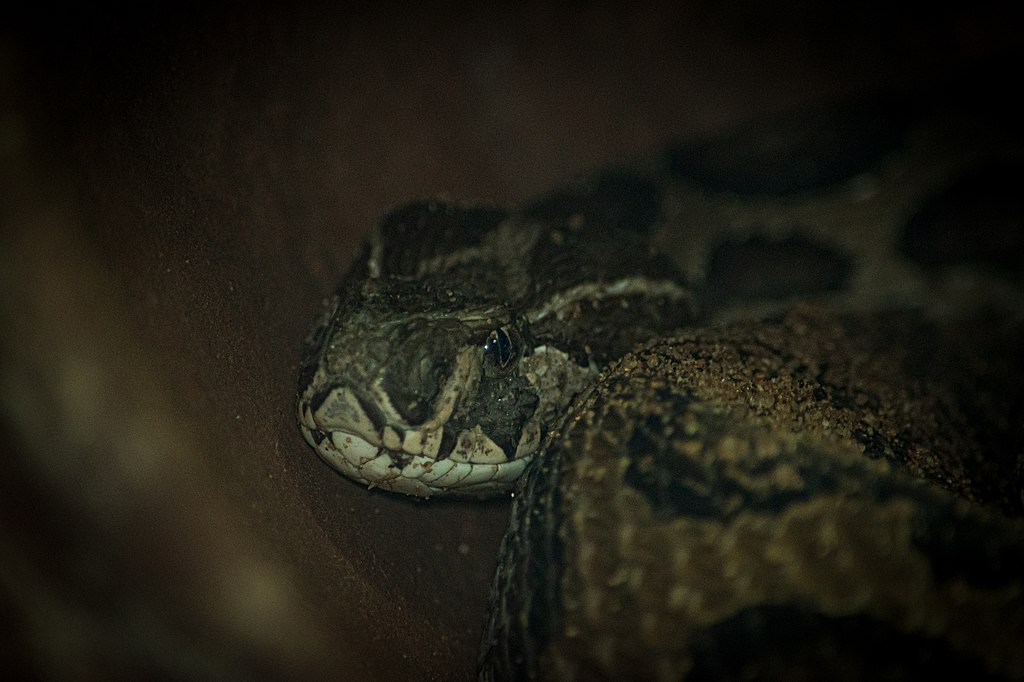
Live plants transform a terrarium from a basic enclosure into a vibrant, living display while providing numerous benefits for your snake. Beyond aesthetic improvement, plants create visual barriers that help snakes feel secure, regulate humidity naturally through transpiration, improve air quality, and provide additional climbing and exploration opportunities. When selecting plants, research species that are non-toxic to reptiles and suited to your snake’s environmental conditions—pothos, snake plants, bromeliads, and certain ferns are popular choices for many setups. Consider your snake’s size and habits when planting; larger, more active species may damage delicate vegetation, so sturdier plants or artificial alternatives might be more appropriate. For snakes that regularly burrow or move through substrate, using plants in elevated planters or wall-mounted options can prevent constant uprooting while still providing the benefits of live vegetation.
Create Seasonal Variations and Enrichment Rotations
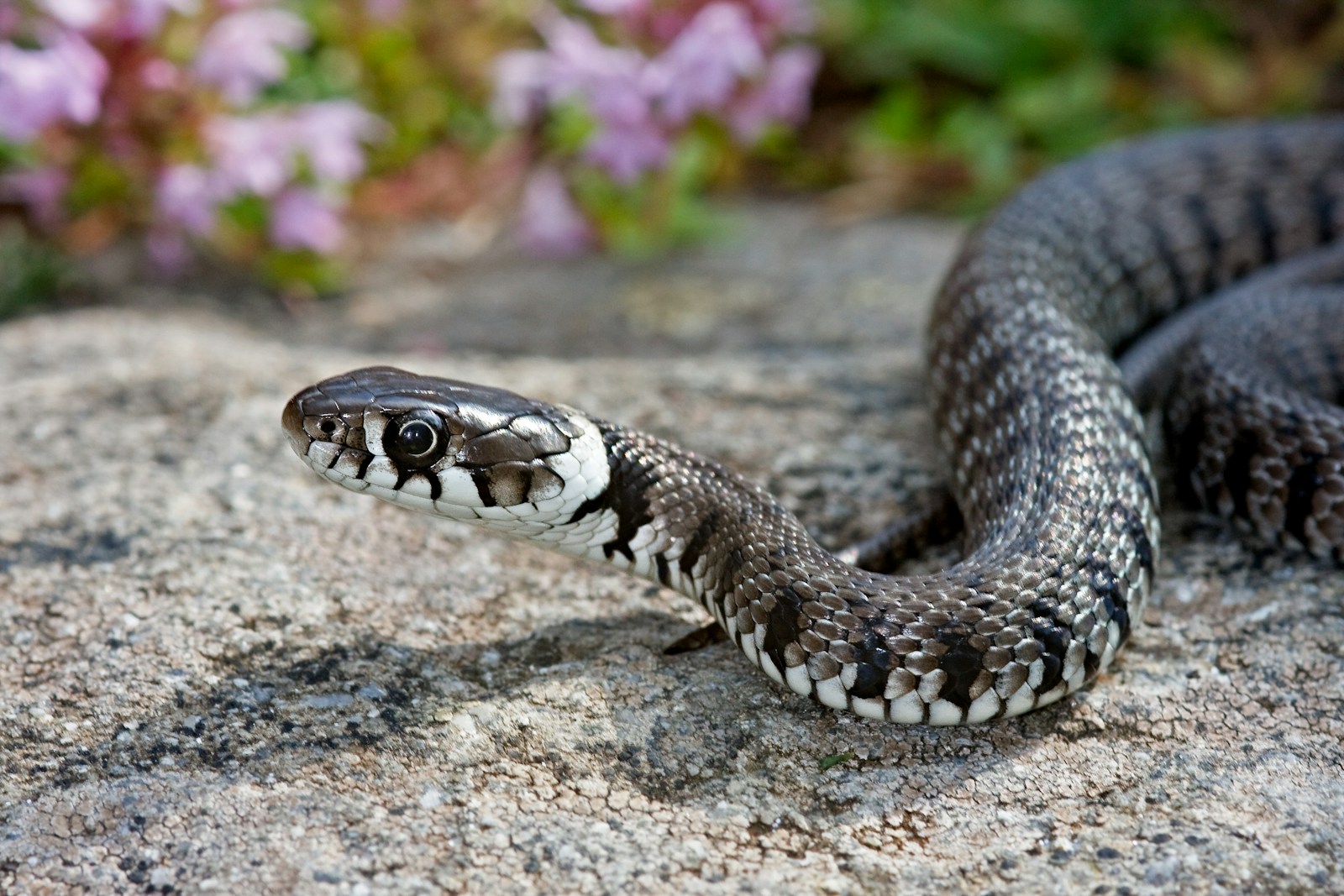
In the wild, snakes experience natural seasonal changes that stimulate different behaviors and physiological responses throughout the year. Mimicking these variations in captivity can provide crucial environmental enrichment and potentially improve your snake’s overall health. Simple seasonal adjustments might include gradual temperature and lighting changes that mirror natural cycles, rotating different types of enrichment items to prevent habituation, or introducing novel but safe objects periodically to stimulate exploratory behavior. Some advanced keepers even implement subtle seasonal humidity fluctuations for species that naturally experience wet and dry seasons in their native range. This approach of changing environmental parameters prevents the stagnation that can occur in static captive environments and keeps your snake’s habitat perpetually interesting and engaging for both the animal and observer.
Implement Appropriate Lighting Systems
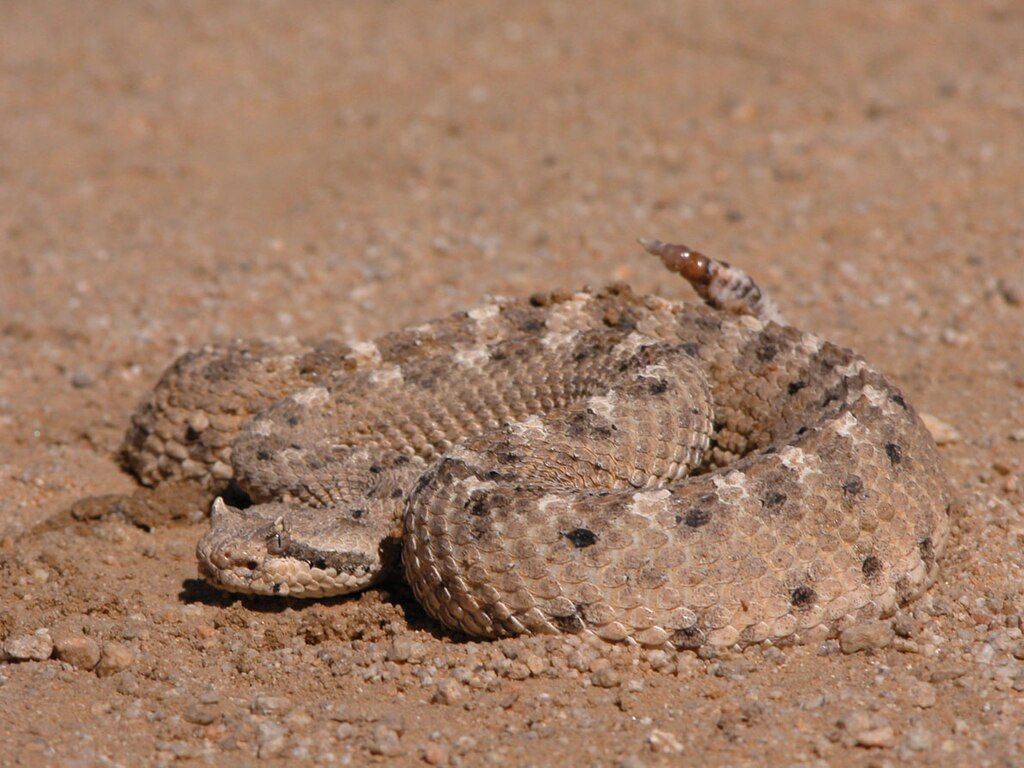
Thoughtful lighting not only meets your snake’s physiological needs but can dramatically enhance the visual appeal and functionality of the terrarium. Consider implementing a full-spectrum LED system that simulates natural daylight cycles, complete with dimming capabilities for dawn and dusk periods that encourage natural activity patterns. For some species, particularly those from regions with filtered forest light, creating dappled lighting effects using strategically placed plants or terrarium features can reduce stress while creating a more naturalistic environment. UVB lighting, while debated among keepers, may benefit many snake species by enabling natural vitamin D synthesis and potentially improving overall health and behavior, especially for diurnal species that would receive UV exposure in the wild. When designing your lighting system, balance the aesthetic aspects with your specific snake species’ natural habitat and behaviors—nocturnal species require different lighting considerations than diurnal ones.
Design Multi-Level Terrarium Landscapes
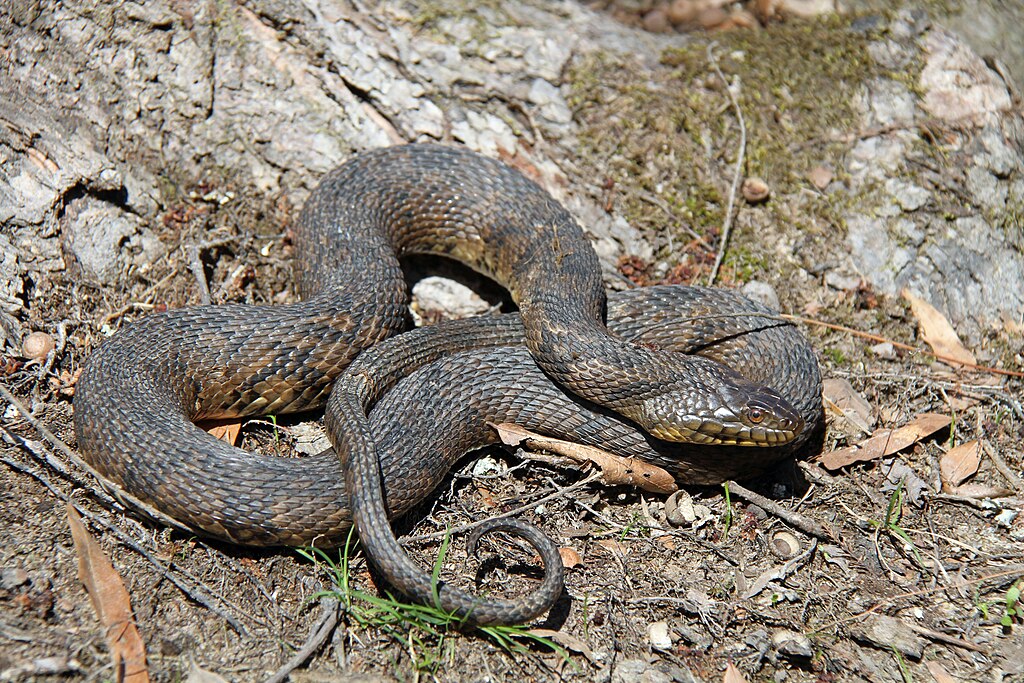
Creating vertical complexity in your snake’s terrarium mimics the varied terrain they would navigate in nature while maximizing the usable space in the enclosure. By designing multiple levels using secure platforms, ledges, hammocks, and varying heights of natural elements, you essentially multiply the functional space available to your snake. This three-dimensional approach to terrarium design allows for more natural movement patterns, provides additional exercise opportunities, and creates distinct microhabitats with different temperature and humidity gradients throughout the enclosure. When implementing multiple levels, ensure all platforms and structures are securely anchored and appropriate for your snake’s size and weight to prevent accidents or collapses. This approach is particularly beneficial for arboreal species but can enhance the habitat quality for most snake species when designed with their natural behaviors in mind.
Incorporate Interactive Feeding Strategies
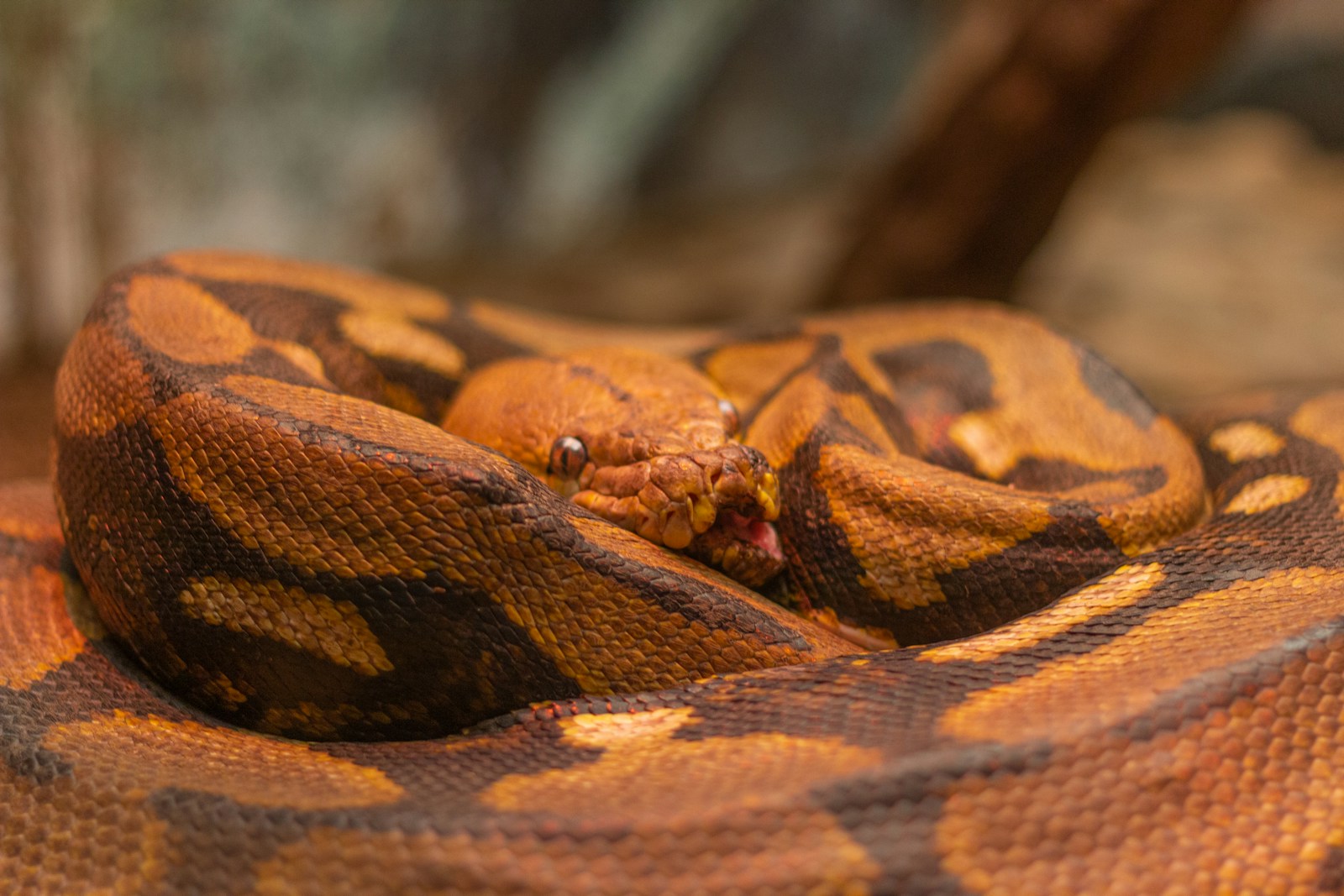
Feeding time presents an excellent opportunity for enrichment beyond simply offering prey in the same location and manner each time. Consider implementing varied feeding strategies that stimulate your snake’s natural hunting behaviors and problem-solving abilities. For appropriate species, occasionally placing prey items in different locations throughout the enclosure encourages active searching and exploration of the habitat. Some keepers use feeding tongs to simulate prey movement, triggering more natural striking and constricting behaviors that exercise both body and mind. For larger enclosures with established snakes, you might even consider occasional puzzle feeders specifically designed for reptiles that require some manipulation to access food items. Always research your specific species’ natural feeding behaviors and ensure any enrichment strategies don’t cause undue stress or put your snake at risk of ingesting substrate or other materials.
Monitor Environmental Parameters Technology
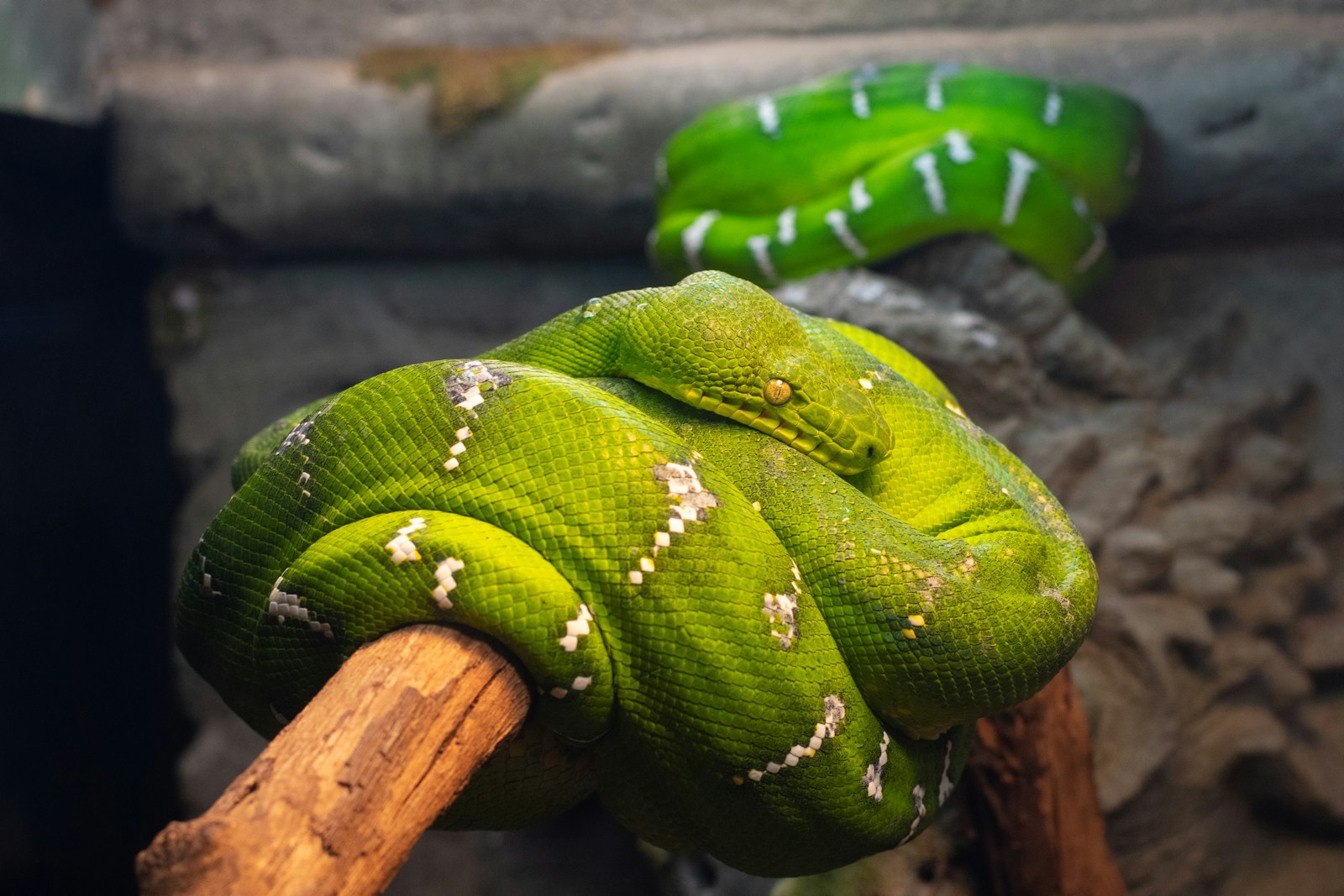
Modern technology offers exciting possibilities for enhancing your snake’s environment while providing valuable insights into their habitat conditions. Installing digital thermostats and hygrometers with remote monitoring capabilities allows you to maintain optimal conditions and make informed adjustments based on data rather than guesswork. More advanced systems can automatically adjust heating, lighting, and even misting systems to create natural daily and seasonal fluctuations that closely mirror your snake’s native environment. Some innovative keepers are even using wildlife cameras or discreet monitoring systems to observe their snake’s behavior when the enclosure is undisturbed, providing valuable information about how the animal interacts with various enrichment features. These technological enhancements not only improve your snake’s quality of life through more precise environmental management but also deepen your understanding of their behavior and preferences.
Balance Aesthetics with Functionality
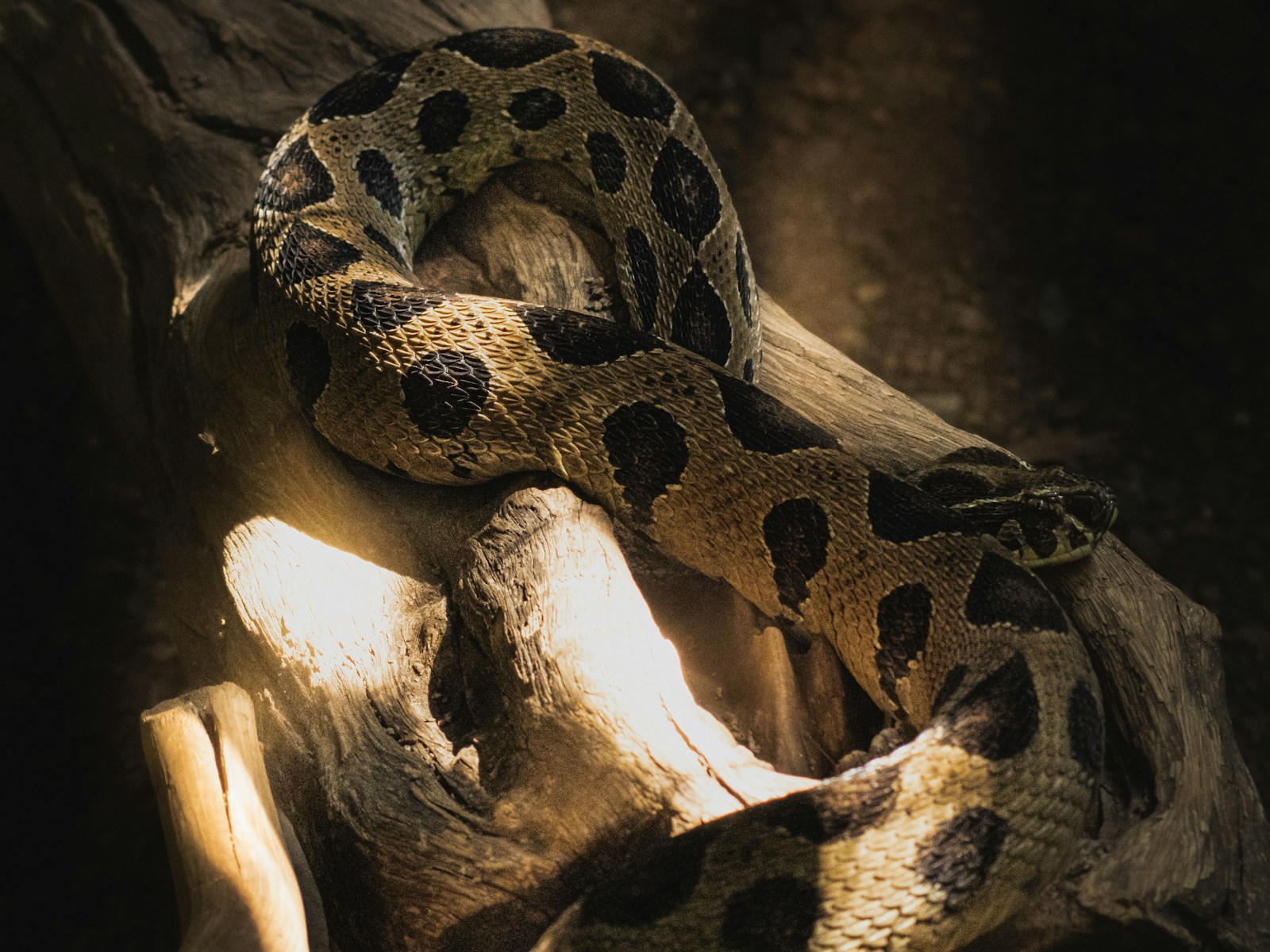
Creating a visually stunning terrarium that still prioritizes your snake’s wellbeing requires thoughtful design that balances form and function. When selecting decorative elements, prioritize items that serve multiple purposes—that attractive piece of driftwood should also function as a climbing opportunity or hiding spot rather than merely looking appealing. Consider your snake’s natural behaviors when designing the aesthetic aspects; species that are primarily terrestrial need different design considerations than arboreal specialists. Avoid overcrowding the terrarium with decorative elements that might restrict movement or create maintenance challenges, no matter how visually appealing they might be. The most successful snake habitats achieve a harmony where the aesthetic design actually enhances the functional aspects of the terrarium, creating a display that’s both beautiful to observe and optimally suited to your snake’s biological needs.
Conclusion
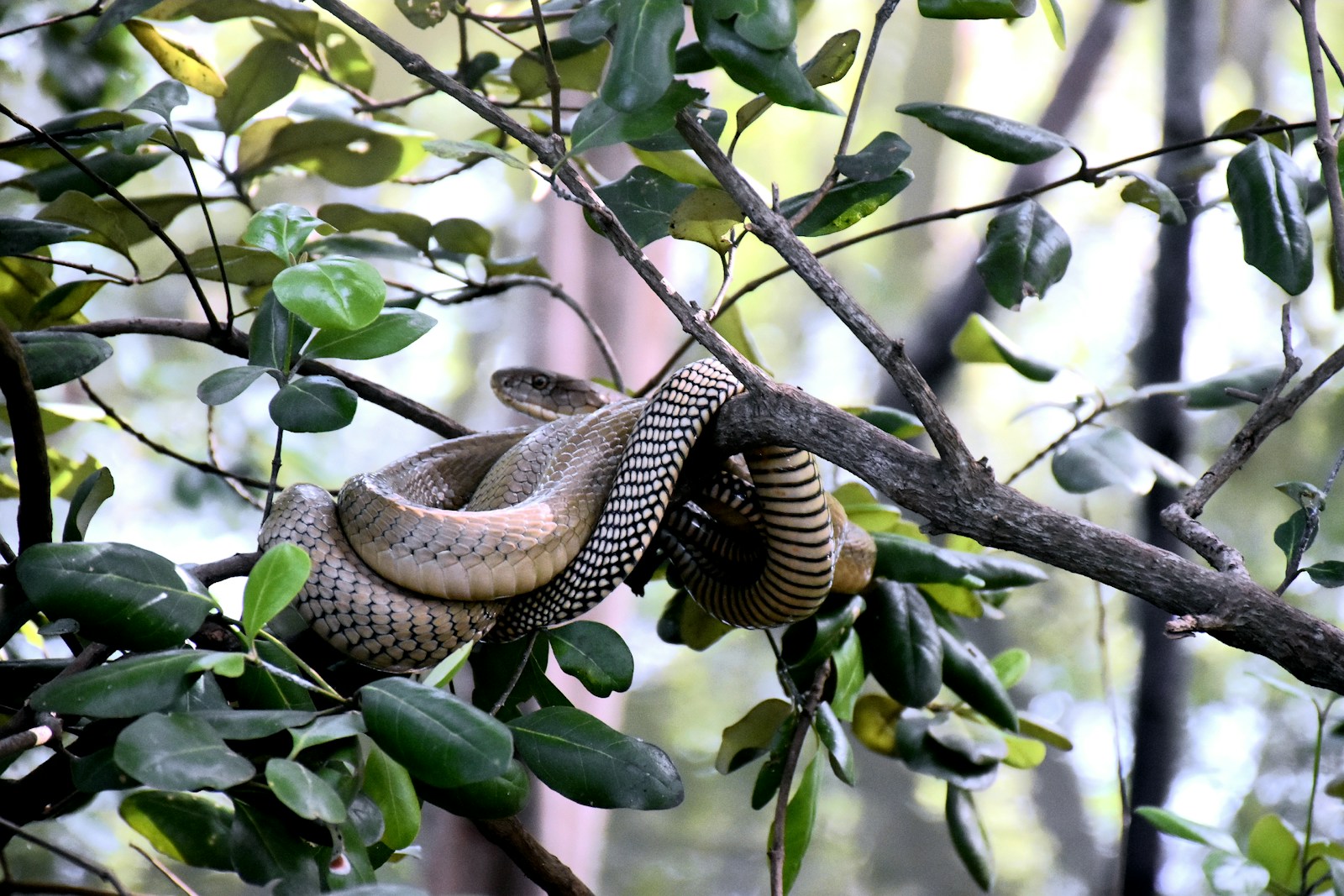
Transforming your snake’s terrarium from a basic enclosure into an engaging, enriching environment benefits both your reptilian companion and enhances your experience as a keeper. By implementing these seven strategies—from varied climbing structures and naturalistic hiding spots to bioactive elements and thoughtfully designed landscapes—you create an environment that stimulates natural behaviors while showcasing the beauty of your snake in a more naturalistic setting. Remember that each snake species has unique requirements, so always research your specific pet’s natural habitat and behaviors when designing enrichment features. The time and effort invested in creating a more engaging terrarium will reward you with a healthier, more active snake displaying a fuller repertoire of natural behaviors, transforming your relationship from basic caretaking to fascinating observation of a thriving reptile in its carefully crafted habitat.

